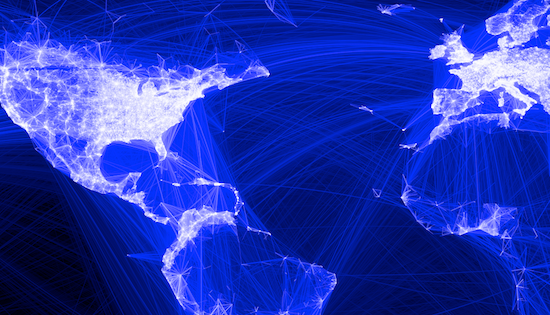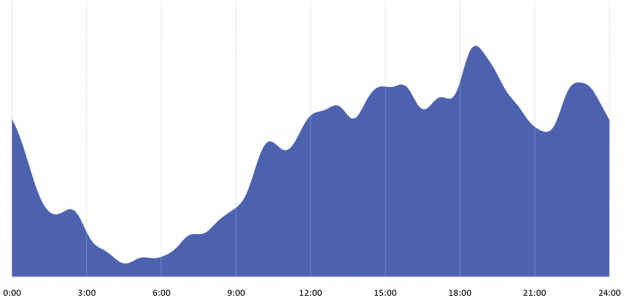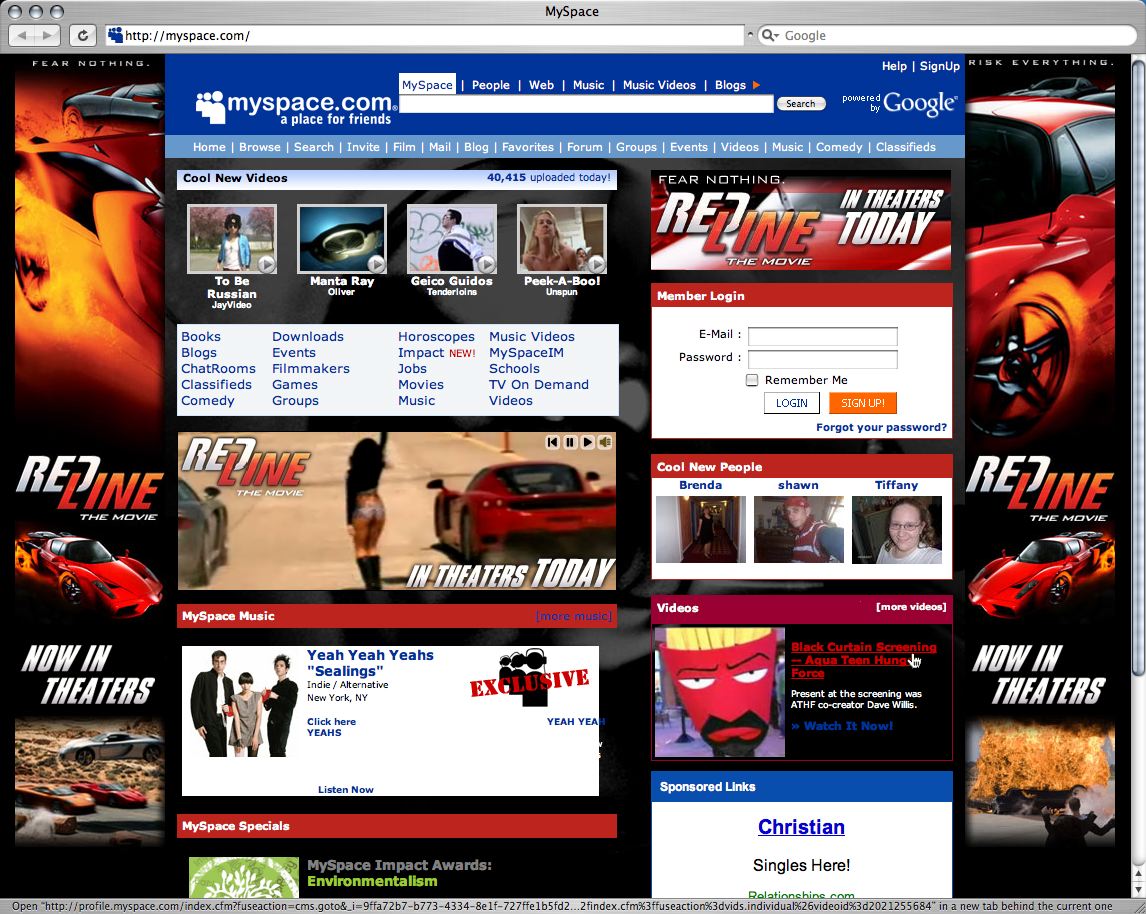For the past few years, I’ve been researching the field of citizen journalism (you can read a bit about our project here). For the current paper I’m working on with UMN sociology grad student and jazz saxophone beast Ryan Larson, we’re looking at changes in the organizational population of citizen journalism (CJ) sites over time. In other words, we’re asking: how many CJ sites are there? And how has that changed over time? Then, we discuss some important social and historical forces that may have contributed to it.
One of the factors that I wonder about is the public’s interest. There’s a substantial academic literature on CJ that just keeps growing, but how interested in CJ are normal people? This afternoon, I decided to give it a quick-and-dirty look. I used three sources of Google-powered data. First, I tracked the number of Google Scholar references to the exact phrase “citizen journalism” over time (that’s the yellow line). Second, I used Google’s Ngram, which searches for references in the vast collection of books archived in Google Books (available through 2007). The number presented in the double blue lines is percentage of books each year with a reference to “citizen journalism” presented in 10 millionths of a percentage. Finally, the dotted gray line is search volume data from Google Trends (available from 2006 on). It’s a normalized interest index that is relative not absolute and varies from 1-100. I averaged the monthly values to produce annual scores.
A few important things jump out. One is that “citizen journalism” as a term essentially didn’t exist before 2002. That said, the practice of CJ, ordinary people gathering and reporting news, is actually older than having professional journalists who report the news. It took academics until about 2004 to start writing about CJ in large numbers, but, man, are we pumped about it now! In 2014, almost 2,000 sources in Google Scholar mentioned “citizen journalism.” Though the books data only go through 2007, they seem to be running slightly ahead of articles, but follow the same trajectory.
As for the public, the big finding since 2006 is a dramatic decline in search volume. What does this mean? Is the public less interested in CJ? Are they using different terms to describe the same practice? Or are they turning to Twitter and Facebook rather than Google to locate it? I think all of the above are possible. The chart does make me wonder if citizen journalism is a trend that is more meaningful to media and academic elites than to the general public.
So, did citizen journalism rise and fall without the academy noticing? Stayed tuned for our paper.









